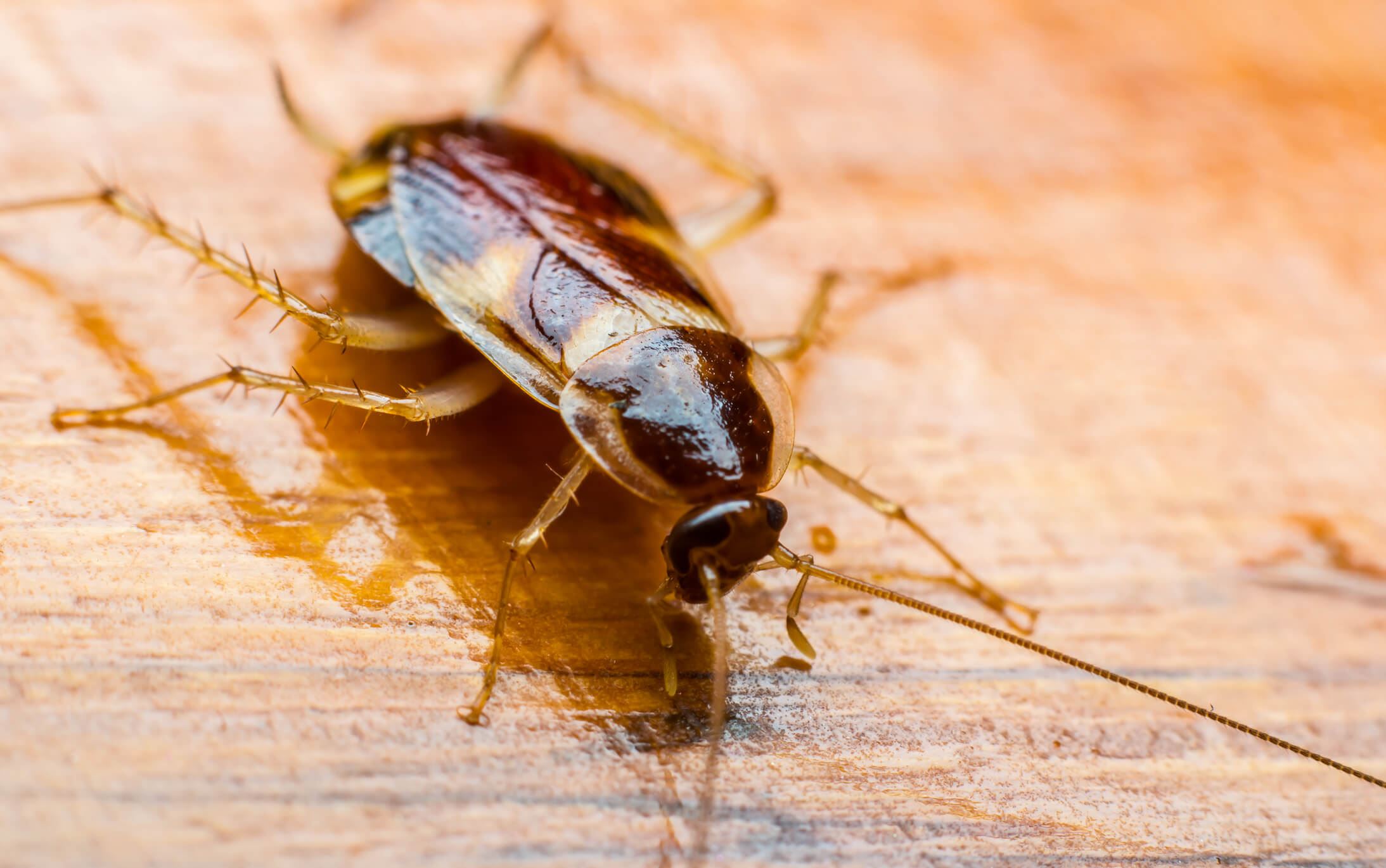Cockroaches might just be the creepiest of Earth’s “crawlies.” With a bite that’s 50 times stronger than their body weight and a wingspan of up to 8-inches, these pests are tough, adaptable, and the type of houseguest that you never want to have over.
These bugs are so remarkable that what may sound like fiction is actually fact. Test your cockroach knowledge below, and see if you know which roach myths are true and false.
True or False: Cockroaches can survive for a month without food.
True. Because cockroaches are cold-blooded animals, they’re able to survive a remarkably long time on just one meal. However, most cockroaches will die after about one week without water. This is why you’ll typically see roaches around a home’s sinks, bathtubs, and showers.
True or False: Cockroaches can survive a nuclear blast.
False. Just like anything else within the blast radius, a cockroach would be burnt to a crisp. In the aftermath of a nuclear explosion, cockroaches would potentially do much better than humans and other creatures due to their higher tolerance of radiation, ability to breed quickly and in large numbers, and minimal food requirements. However, whether the roaches could produce viable eggs after being exposed to radiation is in question.
True or False: Cockroaches can spread disease and trigger allergies.
True. Cockroach saliva, skins, and waste are well-established allergens and asthma triggers. Furthermore, cockroaches can act as vectors, carrying and spreading harmful diseases like Salmonella typhimurium and the poliomyelitis virus (polio) and parasites like Entamoeba histolytica (which causes amebiasis).
True or False: A cockroach can survive for several days without a head.
True. This is the case for many insects due to their physiology. Cockroaches don’t bleed to death from decapitation due to almost immediate clotting, and they don’t rely on their heads to breathe. Their bodies contain numerous tiny holes called spiracles, which are connected to tubes that deliver oxygen throughout the body. No blood or brain function is involved with this “breathing.” Unfortunately, a cockroach without a head cannot forage or drink water, so eventually, it would die from thirst.
True or False: Cockroaches existed alongside dinosaurs.
True. Cockroach fossils from the Jurassic and Cretaceous Period have been discovered, which would mean some form of cockroach existed during the time of the dinosaurs. There is some debate as to whether cockroaches predate dinosaurs. In an Ohio coal mine, geologists unearthed what many believe to be a cockroach fossil from the Carboniferous Period, possibly predating dinosaurs by 55 million years.
Don’t forget to check out the rest of our series:
Mythbusters: Mouse and Rat Edition
If you see one roach, you know there are many, many more. Contact our cockroach control experts in Charlotte, Raleigh, Greensboro, and beyond, at Sage Pest Control today for an effective, long-term solution: (704) 413-3398.


